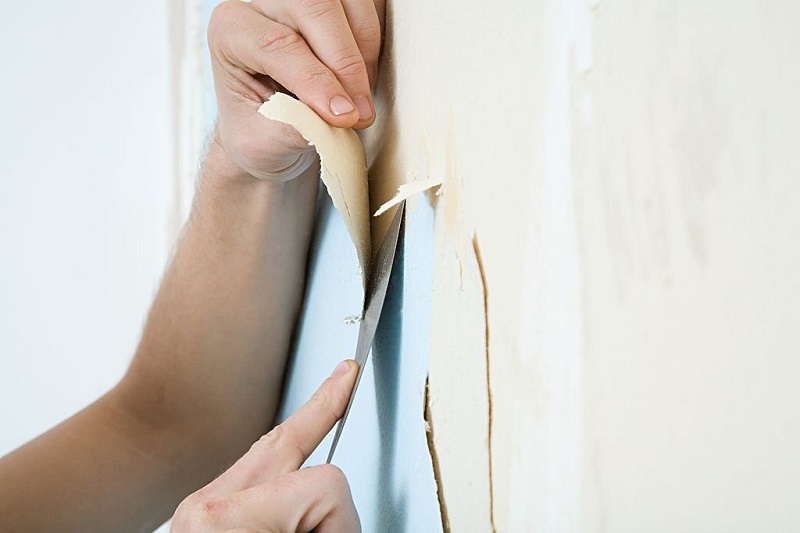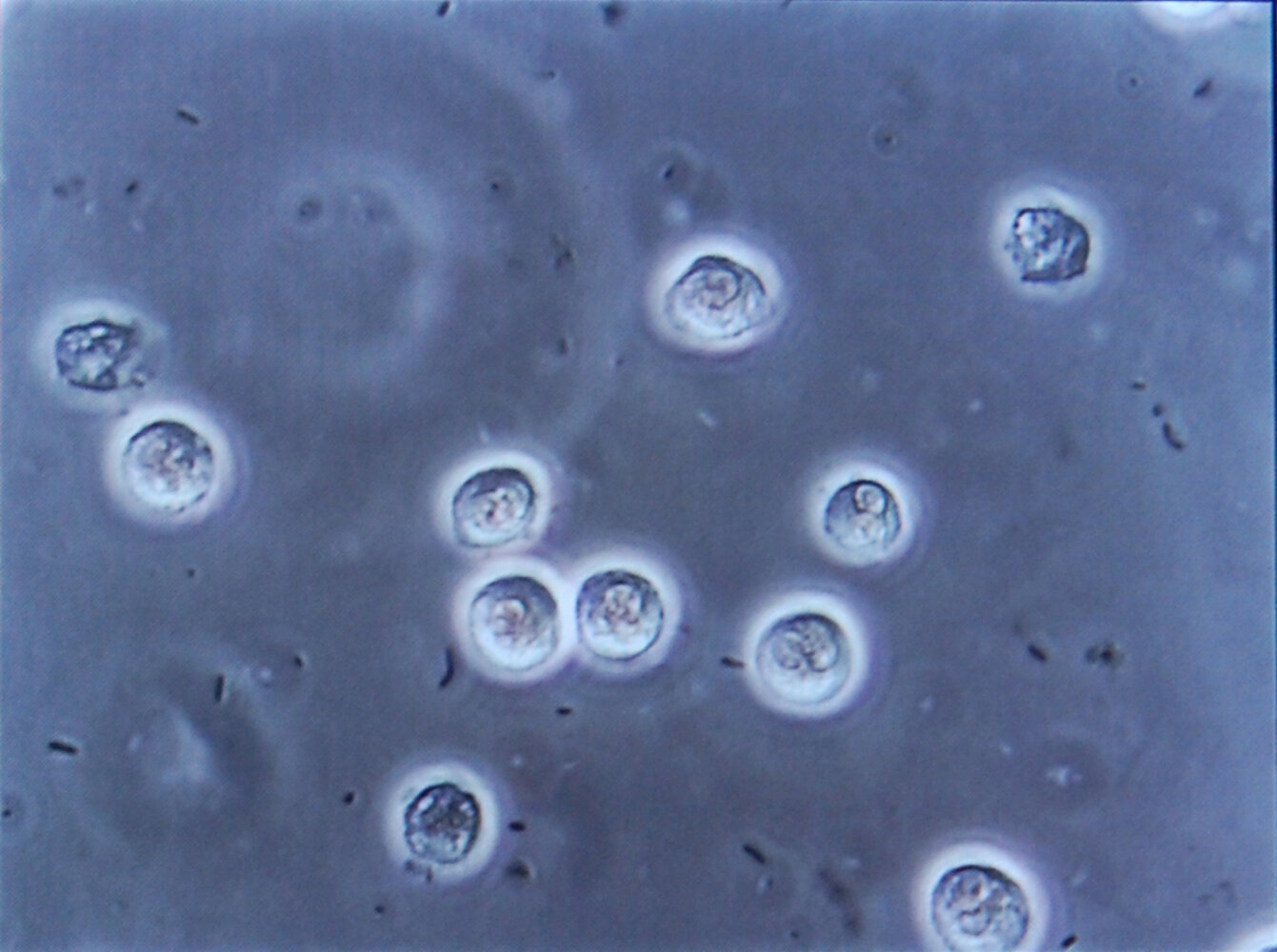Wallpaper Removal can be a daunting task, but it’s a necessary one if you want to update the look of your home. If you’re thinking about taking on the job yourself, you’ll need to know the safest and easiest way to remove wallpaper without damaging your walls. This blog post will walk you through the process step-by-step.

Remove Wallpaper Without Damaging
What You Need to Know Before Removing Wallpaper
Before you start removing wallpaper from your walls, it’s important to understand the different types of wallpaper that are out there and the best way to approach each one. Wallpaper comes in a variety of materials, such as vinyl, fabric, paper, and foam-backed. Depending on the type of wallpaper, you may need different tools and techniques to remove it safely.
Another important factor to consider is the condition of the walls underneath the wallpaper. If the walls are in good condition, then you can proceed with removing the wallpaper. However, if there is any damage or crumbling to the walls, it’s best to call a professional.
Finally, it’s essential to check the age of the wallpaper. Older wallpapers may contain lead or asbestos, which can be hazardous to your health. If you’re not sure how old the wallpaper is, it’s best to contact your local health department for advice.
Preparing the Walls for Wallpaper Removal
Once you’ve determined that you can safely remove the wallpaper without damaging the walls, it’s time to start prepping the walls. The first step is to make sure that the walls are clean and free of dust and dirt. You can do this by vacuuming the walls with a soft brush attachment or using a damp cloth.
Next, make sure that the wallpaper is loose and not sticking to the walls. You can do this by using a putty knife to see if it’s loose. If it’s not, you can use a wallpaper steamer or a spray bottle filled with warm water to help loosen the wallpaper.
Removing Wallpaper Safely
The safest way to remove wallpaper is to use a combination of tools and techniques. Start by using a putty knife to scrape off the wallpaper. Gently work the putty knife along the seams to carefully peel off the wallpaper.
If the paper is coming off easily, you can use a wallpaper scoring tool to help loosen it further. This tool helps to create small holes in the wallpaper, which makes it easier to peel off.
Once you’ve removed as much of the wallpaper as you can with the putty knife and scoring tool, you can use a wallpaper removal solution to help break down the adhesive. This solution is sprayed on the walls and left to soak for 10-15 minutes before being scraped off.
How to Remove Wallpaper Glue
Once you’ve removed all of the wallpaper, you’ll need to remove the wallpaper glue that’s left behind. This can be done with a wallpaper removal solution or a homemade solution made of equal parts white vinegar and warm water.
Start by spraying the solution onto the walls and letting it soak for 10-15 minutes. Then, scrape off the glue with a putty knife or a wallpaper removal tool.
If the glue isn’t coming off easily, you can use a steamer to help loosen it. The steam will help break down the adhesive, making it easier to scrape off.
Stripping Wallpaper with Chemical Solutions
If the wallpaper removal solution isn’t working, you may need to use a chemical wallpaper stripper. These solutions are specifically designed to break down the adhesive and make it easier to remove stubborn wallpaper.
Start by covering the floor and any furniture with a plastic sheet before spraying the stripper onto the walls. Make sure to follow the instructions on the packaging and wear protective gear, such as gloves and goggles.
Once the stripper has been sprayed on the walls, let it soak for 10-15 minutes before scraping it off with a putty knife.
Different Types of Wallpaper and How to Remove Them
There are a few different types of wallpaper that you may need to remove, such as fabric-backed, vinyl-coated, and peel-and-stick wallpaper. Each type of wallpaper requires a different approach to removal.




